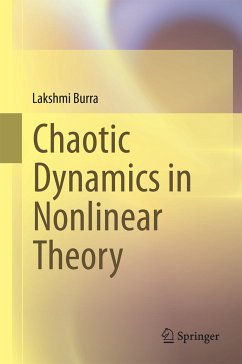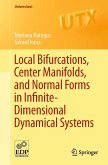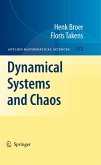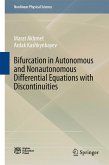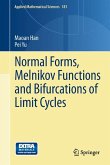Using phase-plane analysis, findings from the theory of topological horseshoes and linked-twist maps, this book presents a novel method to prove the existence of chaotic dynamics. In dynamical systems, complex behavior in a map can be indicated by showing the existence of a Smale-horseshoe-like structure, either for the map itself or its iterates. This usually requires some assumptions about the map, such as a diffeomorphism and some hyperbolicity conditions. In this text, less stringent definitions of a horseshoe have been suggested so as to reproduce some geometrical features typical of the Smale horseshoe, while leaving out the hyperbolicity conditions associated with it. This leads to the study of the so-called topological horseshoes. The presence of chaos-like dynamics in a vertically driven planar pendulum, a pendulum of variable length, and in other more general related equations is also proved.
Dieser Download kann aus rechtlichen Gründen nur mit Rechnungsadresse in A, B, BG, CY, CZ, D, DK, EW, E, FIN, F, GR, HR, H, IRL, I, LT, L, LR, M, NL, PL, P, R, S, SLO, SK ausgeliefert werden.

